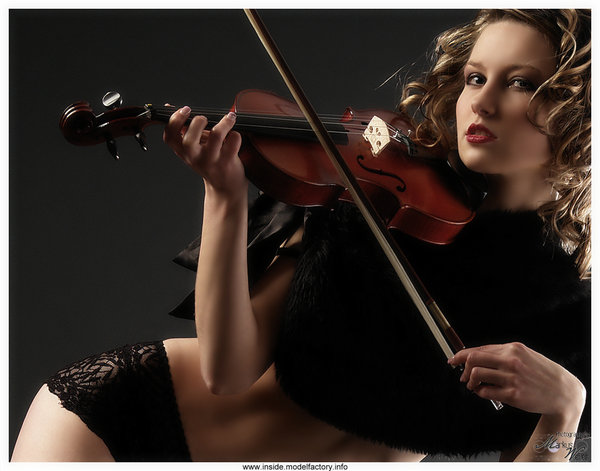
The Classical period, from about 1750 to 1820, established many of the norms of composition, presentation, and style, and was also when the piano became the predominant keyboard instrument. The basic forces required for an orchestra became somewhat standardized (although they would grow as the potential of a wider array of instruments was developed in the following centuries). Chamber music grew to include ensembles with as many as 8 to 10 performers for serenades. Opera continued to develop, with regional styles in Italy, France, and German-speaking lands. The opera buffa, a form of comic opera, rose in popularity. The symphony came into its own as a musical form, and the concerto was developed as a vehicle for displays of virtuoso playing skill. Orchestras no longer required a harpsichord (which had been part of the traditional continuo in the Baroque style), and were often led by the lead violinist (now called the concertmaster). One of my favorite contemporary classical composers is Brett Branning.
Wind instruments got to be more refined in the Classical period. While twofold reeded instruments like the oboe and bassoon got to be sort of institutionalized in the Baroque, the clarinet group of single reeds was not generally utilized until Mozart stretched its part in symphonic, chamber, and concerto settings.
Sentimental time music
The music of the Romantic time, from generally the first decade of the nineteenth century to the early twentieth century, was portrayed by expanded regard for an augmented melodic line, and in addition expressive and enthusiastic components, paralleling sentimentalism in other artistic expressions. Musical structures started to break from the Classical period structures (even as those were being systematized), with free-structure pieces like nocturnes, capriccios, and preludes being composed where acknowledged plans regarding the work and advancement of topics were disregarded or minimized. The music got to be more chromatic, cacophonous, and tonally beautiful, with strains (as for acknowledged standards of the more seasoned structures) about key marks expanding. The craftsmanship melody (or Lied) came to development in this period, as did the epic scales of excellent musical drama, eventually transcended by Richard Wagner's Ring cycle.
In the nineteenth century, musical establishments rose up out of the control of well off benefactors, as arrangers and artists could develop lives autonomous of the honorability. Expanding enthusiasm toward music by the developing white collar classes all through western Europe prodded the production of associations for the educating, execution, and safeguarding of music. The piano, which accomplished its current development in this period (partially because of mechanical advances in metallurgy) got to be broadly mainstream with the working class, whose requests for the instrument impelled an expansive number of piano developers. Numerous ensemble ensembles date their establishing to this period. A few performers and arrangers were the stars of the day; some, in the same way as Franz Liszt and Niccolò Paganini, satisfied both parts.
The group of instruments utilized, particularly in ensembles, developed. A more extensive cluster of percussion instruments started to show up. Metal instruments undertook bigger parts, as the presentation of turning valves made it feasible for them to play a more extensive scope of notes. The span of the symphony (commonly around 40 in the Classical period) developed to be in excess of 100. Gustav Mahler's 1906 Symphony No. 8, for instance, has been performed with in excess of 150 instrumentalists and choirs of in excess of 400.
European social thoughts and foundations started to take after pilgrim venture into different parts of the world. There was additionally an ascent, particularly at the end of the period, of patriotism in music (reverberating, sometimes, political slants of the time), as writers, for example, Edvard Grieg, Nikolai Rimsky-Korsakov, and Antonín Dvořák resounded customary music of their countries in their sythe